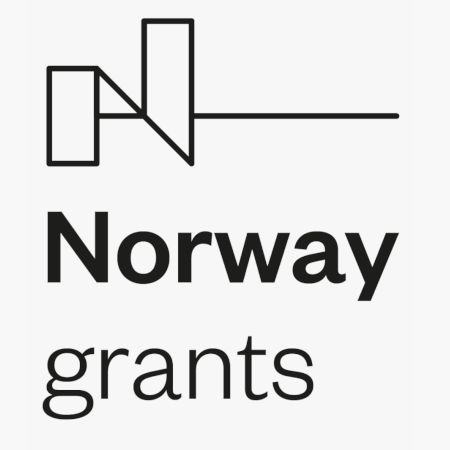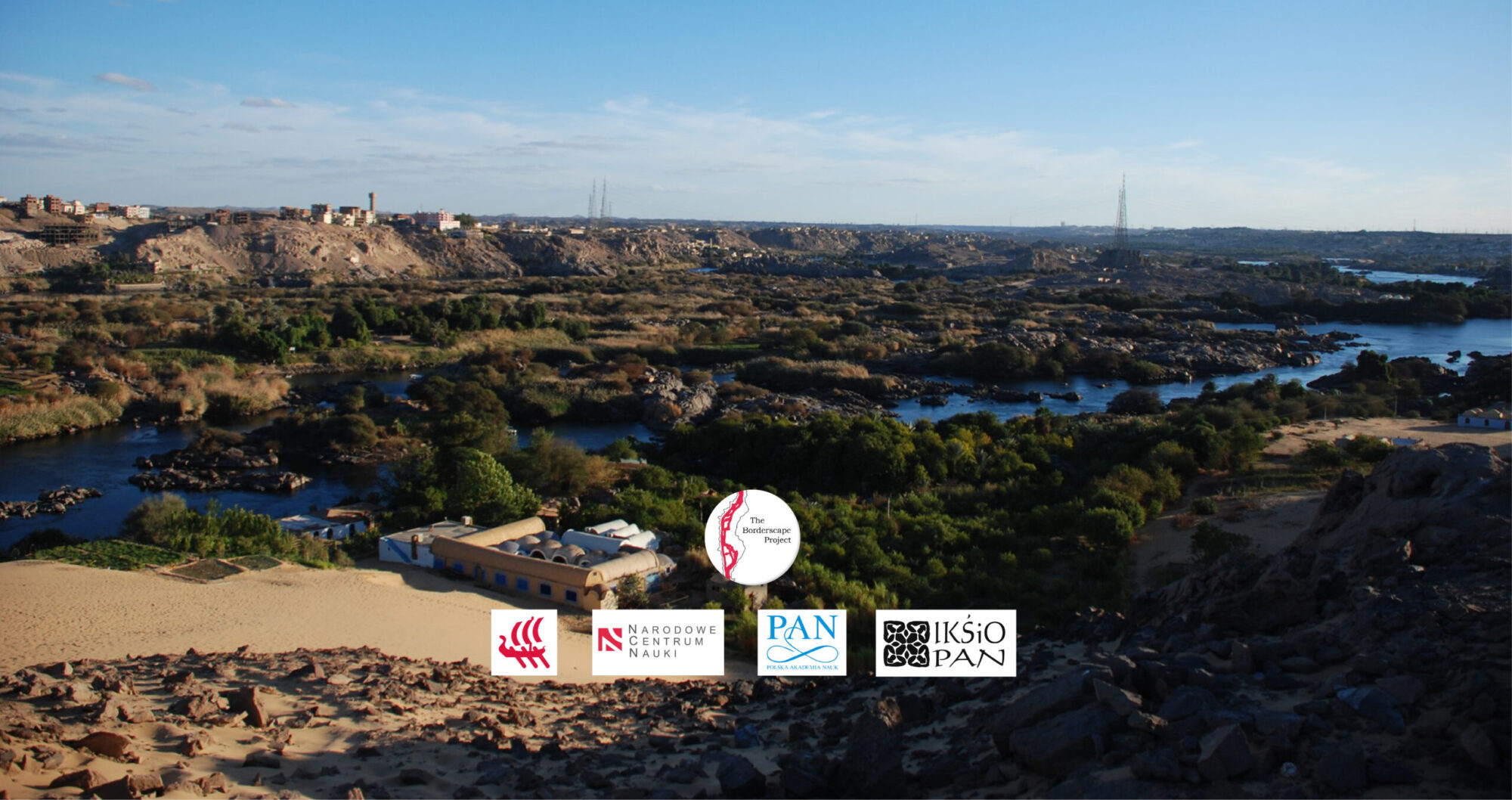Welcome to The Borderscape Project website
THE PROJECT
The Borderscape Project is a multidisciplinary endeavor that investigates how the rise of the Egyptian state at the end of the 4th millennium BCE impacted and transformed the socio-spatial landscape of the First Nile Cataract region. The process of state formation instigated profound changes in the socio-economic structure of ancient Egypt, the earliest territorial polity in human history, particularly at the newly established southern border.
Instead of reifying the unification of the Pharaonic state as a dividing event between periods “before” and “after”, The Borderscape Project seeks to evaluate this process along a historical continuum aided by a wide variety of archaeological and geospatial data. The project has three goals: first, it seeks to reconstruct the ancient settlement landscape and understand patterns of growth, development, and abandonment; second, it seeks to understand how the natural landscape was used for economic, religious, and ritualistic purposes through reconstructing ancient patterns of land use, identifying connections and pathways between sites, and detecting moments of change or discontinuity; finally, the project will investigate the social landscape of the region, using archaeological data to identify how group identity or ethnicity was displayed both in Elephantine and the hinterlands of the First Cataract region. The Borderscape Project will evaluate how the Dynastic state dealt with the fluid identities and mobility of the populations in its borderlands compared to the earlier predynastic Period, and develop a new theoretical model for how this earliest example of a borderscape was shaped by rising centralized power. In the coming years, The Borderscape Project aims to produce a monograph and multiple peer-reviewed articles for a scholastic audience, and an interactive WebGIS module to showcase its findings to the general public.
The Borderscape Project is led by Primary Investigator Dr. Maria Gatto, and assisted by postdoctoral researcher and digital specialist Dr. Oren Siegel. The project is based at the Institute of Mediterranean and Oriental Culture of the Polish Academy of Sciences in Warsaw (http://iksiopan.pl/index.php/en/), and our work is funded by the Norway Grants Financial Mechanism 2014-2021 (https://eeagrants.org/) through the Polish National Science Centre (https://www.ncn.gov.pl/?language=en)-POLS Call (2020/37/K/HS3/04097).
The Borderscape Project relies on the research, survey, and excavation data furnished by the Aswan-Kom Ombo Archaeological Project (co-directed by Maria Gatto and Antonio Curci). We are proud to collaborate with many of the wonderful researchers affiliated with this project.
BORDERSCAPE to multidyscyplinarny projekt, którego celem jest zbadanie, w jaki sposób powstanie Państwa Egipskiego pod koniec IV tysiąclecia p.n.e. wpłynęło i przekształciło krajobraz społeczny i przestrzenny regionu Pierwszej Katarakty Nilu. Rewolucyjny proces, taki jak proces formowania państwa, z pewnością pociągał za sobą głębokie zmiany w strukturze społeczno-ekonomicznej starożytnego Egiptu, który był najwcześniejszym terytorialnym ustrojem w historii ludzkości, zwłaszcza na jego nowo ustanowionych granicach.
Region Pierwszej Katarakty obejmuje obszar Doliny Nilu, rozciągający się około 30 km na północ i południe od współczesnego Asuanu. Katarakta charakteryzuje się skalistymi zaporami, które przerywają przepływ wody w rzece, co czyni nawigację niezwykle trudną. Region służył jako naturalna i kulturalna, choć nie zawsze polityczna granica między Egiptem a Nubią przez większą część swojej historii. Przynależność etniczna miejscowej ludności zmieniła się znacznie z czasem. Dowody wskazują, że społeczności żyjące w Pierwszej Katarakcie przed IV tysiącleciem p.n.e. były częścią sieci wspólnej kultury, która zaczęła się znacznie różnicować podczas procesu formowania państwa. Oczywiste jest, że rozróżnienie między egipską i nubijską tożsamością było związane z rozwojem kultury Naqada w Górnym Egipcie w czwartym tysiącleciu, kiedy stworzenie tożsamości „egipskiej” stało się instrumentem uzasadniającym rosnącą potęgę polityczną. Obecna wiedza na temat tematu, który chce zbadać projekt BORDERSCAPE, opiera się w dużej mierze na informacjach przesyłanych z dwóch, często równoległych, narracji badawczych: jedna koncentruje się na okresie przed zjednoczeniem Egiptu (ok. 3085 p.n.e.), tak zwanym okresie predynastycznym, drugi w okresie późniejszym, który obejmuje okres wczesnej dynastii i Stare Królestwo. Wydarzenie zjednoczenia jest zatem postrzegane przez uczonych jako rodzaj potężnej i niewidzialnej granicy trudnej do przekroczenia, a to powoduje nieciągłość w odtwarzaniu krytycznego momentu egipskiej przeszłości, który zamiast tego najlepiej potraktować jako kontinuum historyczne. To jest powód, dla którego ramy czasowe rozważane w projekcie obejmują zarówno czwarte, jak i trzecie tysiąclecia p.n.e. Projekt rozwija się w oparciu o dwa kierunki badań, z których jeden stosuje perspektywę przestrzenną, w tym informacje z analizy geoprzestrzennej, drugi koncentruje się na pochodzeniu etnicznym i tożsamości, podejściu zgodnym z perspektywą antropologiczną. Pierwszym celem badawczym jest odtworzenie starożytnego krajobrazu osadniczego. Poprzez analizę morfologii miejsc (kształtu, wielkości, funkcji) i lokalizacji w krajobrazie, projekt ma na celu przywrócenie wzorców rozwoju i wzrostu, z oczekiwaniem dostarczenia informacji o tym, kiedy, jak i dlaczego nastąpiły zmiany. Drugim celem badawczym jest odtworzenie wykorzystania naturalnego krajobrazu do celów osadniczych, ekonomicznych i religijnych / rytualnych, w celu zdefiniowania wzorów użytkowania gruntów, identyfikacji wzajemnych powiązań między miejscami i możliwych ścieżek, aby wykryć momenty nieciągłości. W ramach trzeciego celu badawczego projekt ma na celu zbadanie krajobrazu społecznego. Badania skupią się na przynależności do grupy miejscowej ludności, możliwych różnicach etnicznych (lub lepszej, pod względem etnicznym) między regionalnym centrum Elephantine i jego zapleczem, a także sposobem, w jaki dynastyczna scentralizowana władza poradziła sobie z płynnością tożsamości i mobilnością populacji, w porównaniu do czasów przeddynastycznych. Innym kluczowym celem jest zrozumienie, w jaki sposób zmiany zachodzące w Egipcie, a zwłaszcza na jego południowej granicy, wpłynęły na społeczno-polityczną dynamikę Nubii, a także na wzajemne oddziaływanie między dwoma sąsiadami. Multidyscyplinarny zestaw danych, zarządzany za pośrednictwem relacyjnej bazy danych opartej na informacjach GIS, która będzie obejmować dane środowiskowe, archeologiczne, artystyczne, tekstowe i bioarcheologiczne, rozpatrywane w ramach historycznych (egiptologicznych), będzie stanowić podstawę obu linii dochodzenia. Podejście metodologiczne połączy badanie tych zestawów danych z wykorzystaniem nowych metod analizy i interpretacji danych teledetekcyjnych i kosmicznych, w tym cyfrowych modeli wysokości, wdrożonych na podstawie informacji topograficznych i kartograficznych. Nowe dane zostaną pozyskane z badań geoarcheologicznych w wybranych obszarach na północ od Pierwszej Katarakty, dzięki współpracy z Projektem Archeologicznym Aswan-Kom Ombo, kierowanym przez głównego badacza projektu BORDERSCAPE.
Rezultat projektu jest dwojaki: zbudowanie nowego modelu teoretycznego na temat tego, w jaki sposób działał ten najwcześniejszy przykład krajobrazu granic i został ukształtowany przez rosnącą scentralizowaną siłę; oraz stworzenie otwartego dostępu do Web-GIS, który zostanie bezpłatnie udostępniony online, z korzyścią dla szerszej społeczności odbiorców publicznych, dzięki dwustronnej współpracy między Norwegią a Polską.
The Borderscape Project, eller Grenselandskapsprosjektet, er en multidisiplinær undersøkelse av hvordan fremveksten av den egyptiske stat mot slutten av det fjerde årtusen fvt. påvirket og transformerte det sosiale og fysiske landskapet i regionen rundt den første av Nilens katarakter. Statsdannelsesprosessen førte til dyptgående endringer i den sosioøkonomiske strukturen i oldtidens Egypt; menneskehetens første territorielle stat. Disse endringene var spesielt virkningsfulle ved det gamle Egypts nylig etablerte sørlige grense.
Istedenfor å definere sammenslåingen av Faraoens stat som et punk som deler «før» og «etter» i distinkte perioder vil The Borderscape Project evaluere denne prosessen langs et historisk kontinuum, ved hjelp av et stort utvalg av arkeologisk og geografisk data. Prosjektet har tre mål. For det første, rekonstruksjon av oldtidens bosetningslandskap, og forståelse av mønstre tilknyttet vekst, utvikling og nedleggelse. For det andre, forståelse av hvordan det naturlige landskapet ble brukt til økonomiske, religiøse og ritualistiske formål. Dette skal gjøres gjennom rekonstruksjon av bruksmønstre i fortidens landskap, identifisering av forbindelser mellom lokaliteter og kartlegging av eksempler på forandring eller diskontinuitet. For det tredje, undersøkelse av regionens sosiale landskap gjennom bruk av arkeologisk data, for å identifisere hvordan gruppeidentitet eller etnisitet ble fremvist både på Elefantine og innlandet i regionen rundt den første katarakten. The Borderscape Project skal evaluere hvordan den dynastiske staten håndterte de flytende identitetene og mobiliteten til populasjonene i grenselandene, sammenlignet med den tidligere førdynastiske perioden. Prosjektet vil også utvikle en ny teoretisk modell for hvordan dette tidligste eksemplet på et grenselanskap ble formet av økende sentralisert makt. I årene som kommer har The Borderscape Project til hensikt å produsere en monografi og flere fagfellevurderte artikler for et akademisk publikum, samt en interaktiv WebGIS modul for å formidle sine resultater til allmennheten.
The Borderscape Project er ledet av forskningsleder Dr. Maria Gatto, assistert av postdoktor og digital spesialist Dr. Oren Siegel. Prosjektet er basert ved Instituttet for middelhavs og orientalsk kultur ved Det polske vitenskapsakademi i Warszawa (http://iksiopan.pl/index.php/en/). Arbeidet vårt er finansiert av EØS-midlene 2014-2021 (https://eeagrants.org/) gjennom Nasjonalt vitenskapssenter i Polen (https://www.ncn.gov.pl/?language=en)-POLS Call (2020/37/K/HS3/04097).
The Borderscapes Project benytter forskning, undersøkelser og utgravningsdata fra The Aswan-Kom Ombo Archaeological Project (ledet i samarbeid mellom Maria Gatto og Antonio Curci). Vi er stolte over vårt samarbeid med mange av de fantastiske forskerne tilknyttet dette prosjektet.
يعد مشروع “بورديرسكيب” مشروع متعدد التخصصات وتتقصى أبحاث المشروع كيف كان لنشأة الدولة المصرية في نهاية الألفية الرابعة قبل الميلاد تحولات مصاحبة للمشهد الاجتماعي المكاني في منطقة الشلال الأول لنهر النيل. وكان لعملية تكوين الدولة المصرية دور كبير في إحداث تغيرات عميقة في التكوين الاجتماعي الاقتصادي لمصر القديمة، أول نظام سياسي إقليمي في تاريخ البشرية، خاصة بمنطقة الحدود الجنوبية المستحدثة آنذاك.
وبدلا من اعتبار حدث توحيد الدولة الفرعونية كحدث محوري يقوم بتقسيم حدث التوحيد إلى حقب زمنية قبل وبعد التوحيد، يهدف مشروع بورديرسكيب إلى العمل على بحث وإعادة تقييم عملية التوحيد من خلال استمرارية تاريخية تعتمد على مجموعة متنوعة من الأدلة الأثرية والجغرافية-المكانية. ويعمل المشروع على تحقيق ثلاثة أهداف: الهدف الأول هو إعادة بناء الامتداد العام للمواقع السكنية القديمة مع فهم أنماط النمو والتطور وهجرة المكان وثانيا يهدف إلى فهم كيف تم استخدام البيئة الطبيعية لأسباب اقتصادية ودينية وطقسية من خلال دراسة الأنماط القديمة لاستخدام الأراضي وتحديد الطرق والتواصل بين المواقع ودراسة مراحل التغيير أو عدم الاستمرارية وأخيرا يهدف المشروع أيضا إلى بحث الطبيعة الاجتماعية للمنطقة وذلك باستخدام المادة الأثرية لتحديد كيف تمثلت هوية المجموعات أو الأصل العرقي في إليفنتين وفي الأقاليم النائية في منطقة الشلال الأول.
سوف يقوم مشروع بورديرسكيب بتقييم كيف قامت الدولة الموحدة في مصر القديمة بالتعامل مع الهويات المختلطة وتحركات السكان في المناطق الحدودية بالمقارنة مع المرحلة الزمنية التي سبقتها وهي عصر ماقبل الأسرات وتشكيل نموذج نظري جديد لكيفية تكوين هذا النموذج المبكر لمنطقة حدودية من خلال قوة مركزية صاعدة. وفي السنوات القادمة يأمل المشروع في انتاج كتاب وعدة مقالات محكمة لمتلقين متخصصين وأيضا تطبيق نظم جغرافية متفاعل على شبكة الانترنت وذلك لتقديم مكتشفات المشروع للجمهور العام.
وتقوم بإدارة مشروع بورديرسكيب د. ماريا جاتو وهي الباحث الرئيسي للمشروع ويقوم بمساعدتها باحث مابعد الدكتوراة ومتخصص الديجيتال د. أورين زيجل. ومقر المشروع هو معهد البحر المتوسط والحضارة الشرقية بالأكاديمية البولندية للعلوم في وارسو (http://iksiopan.pl/index.php/en/)، ويتم تمويل مشروعنا من قبل برنامج المنح النرويجية للآلية المالية (٢٠١٤-٢٠٢١) (https://eeagrants.org/) من خلال المركز القومي البولندي للبحوث:
(https://www.ncn.gov.pl/?language=en)-POLS Call (2020/37/K/HS3/04097).
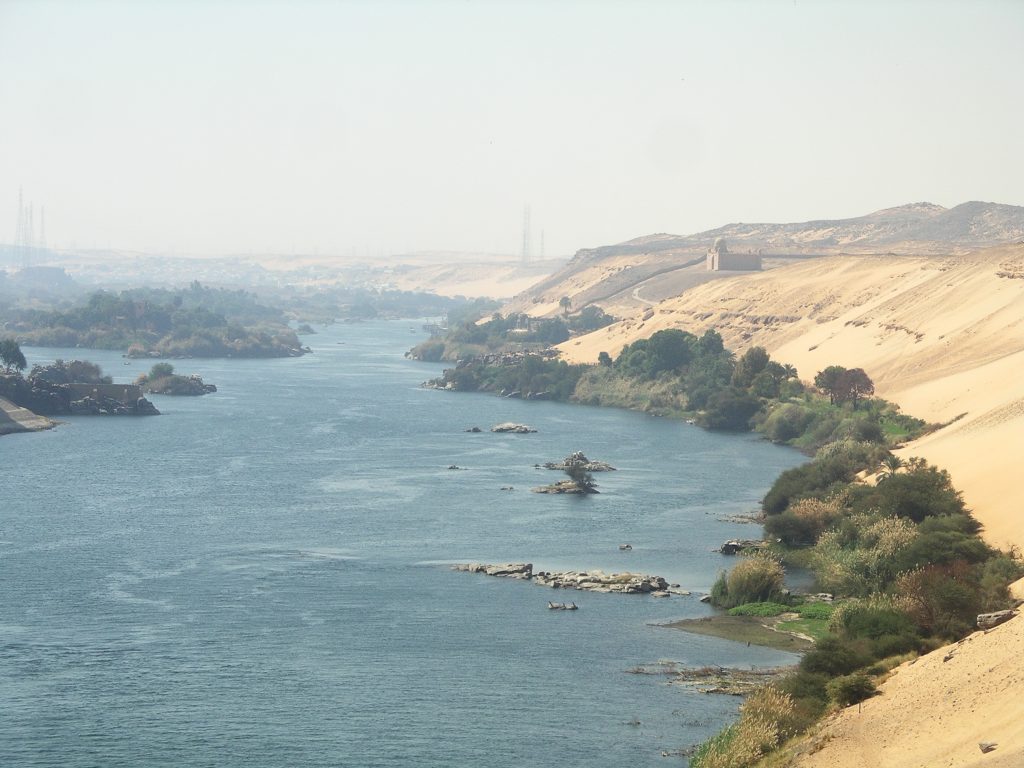
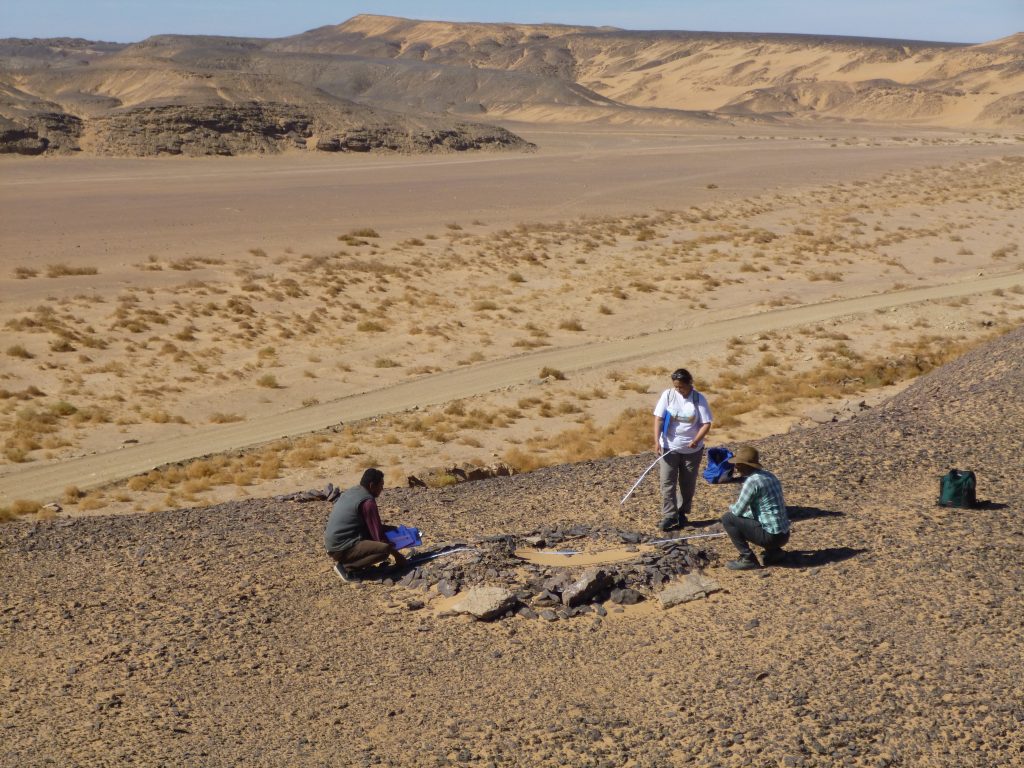
 AKAP
AKAPTHE TEAM
Dr. Maria Gatto is an Assistant Professor at the Institute of Mediterranean and Oriental Cultures of the Polish Academy of Sciences, where she directs the BORDERSCAPE Project. Previously she held research and teaching positions in Egyptology and Archaeology at the University of Leicester, University of Birmingham, Yale University and at the British Museum. In recent years, Maria has been a Visiting Professor of Egyptology at the American University in Cairo, a Visiting Professor of Archaeology at the University of Bologna, and a Guest Lecturer in Prehistory at the Sapienza University of Rome. Since 2017, she is an Honorary Visiting Fellow at the School of Archaeology and Ancient History of the University of Leicester. Maria’s research explores processes of interregional interaction, cultural contact, human-environment interaction, and socio-political dynamics in the Nile Valley and the Sahara. She has worked extensively in North Africa and since 2005 she is the PI and co-director of the Aswan-Kom Ombo Archaeological Project in Egypt.
Dr. Oren Siegel received his PhD in Egyptian Archaeology from the University of Chicago in Spring 2020. His research interests include Pharaonic and Nubian boundary making practices and monumental architecture—with a particular focus on how social power was articulated through the manipulation of the built environment. He has participated in archaeological fieldwork at Tell Edfu, Dendara, and Uronarti, and worked from 2016-2021 as a GIS analyst at the Center for Ancient Middle Eastern Landscapes as part of the Afghan Heritage Mapping Partnership.
THE BORDERSCAPE BLOG
Check out this page for the latest updates on the Borderscape Project!
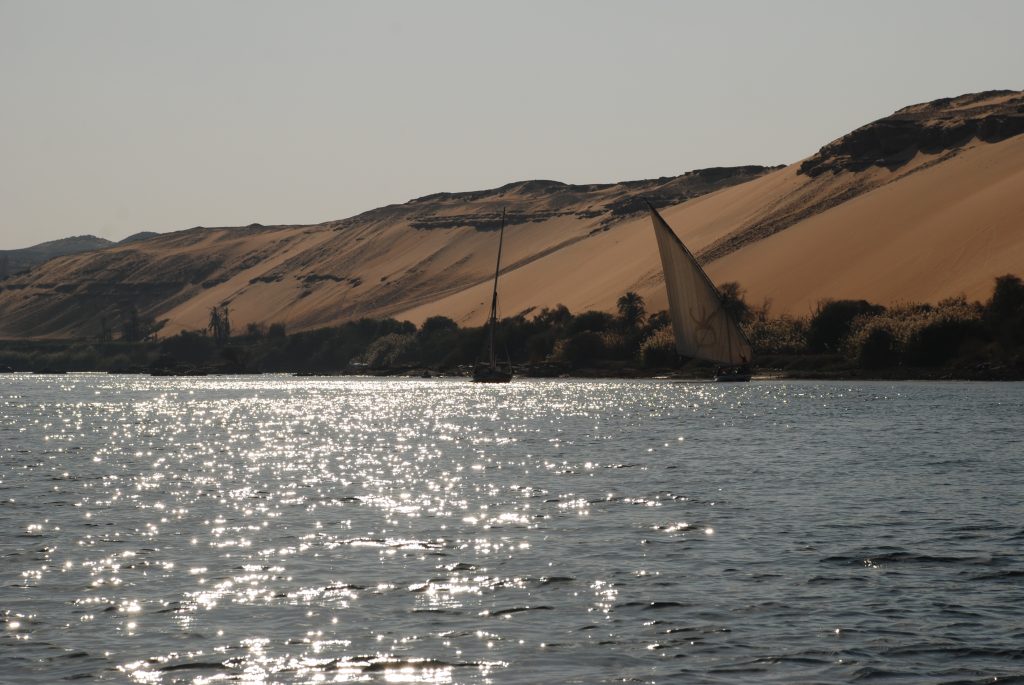
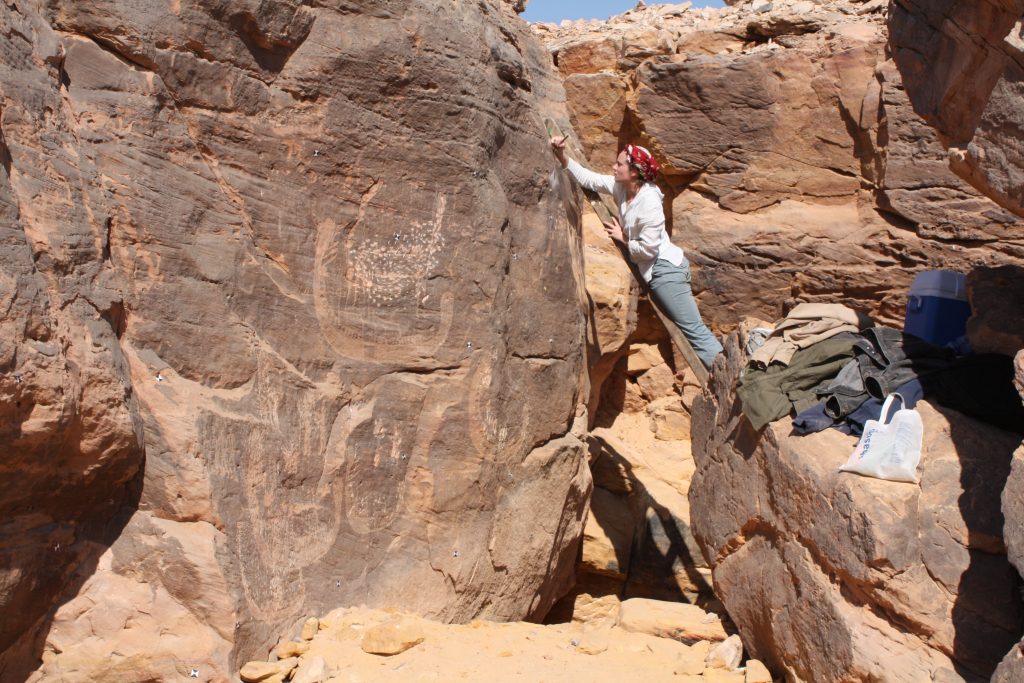
 AKAP
AKAPREPORTS AND PUBLICATIONS
Check this page for links to some of the publications and reports produced by the Borderscape Project.
PHOTO GALLERY
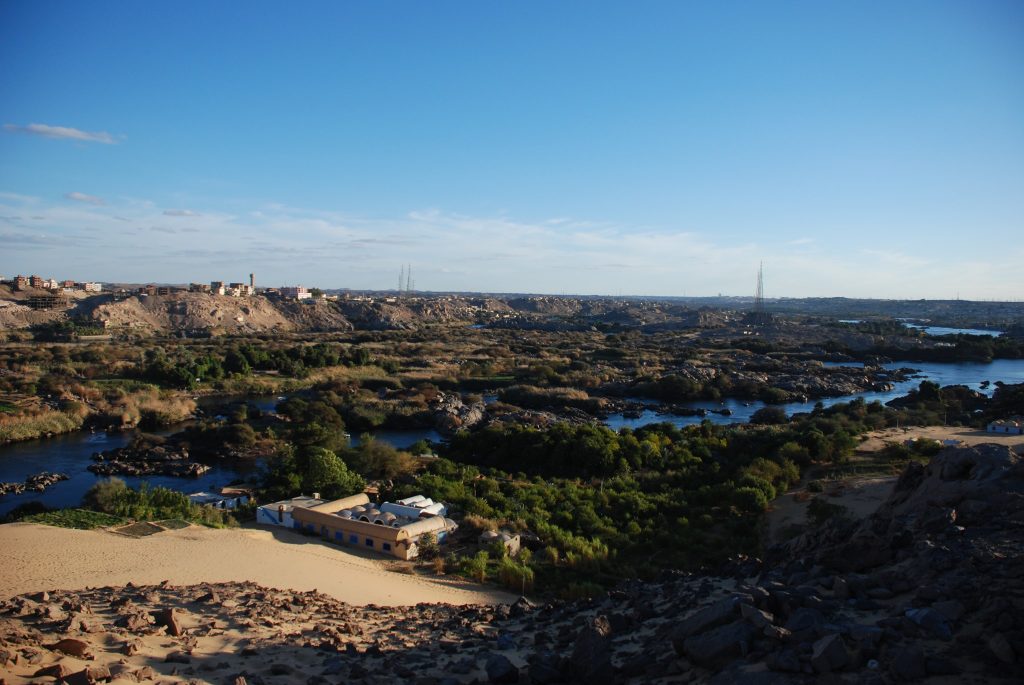

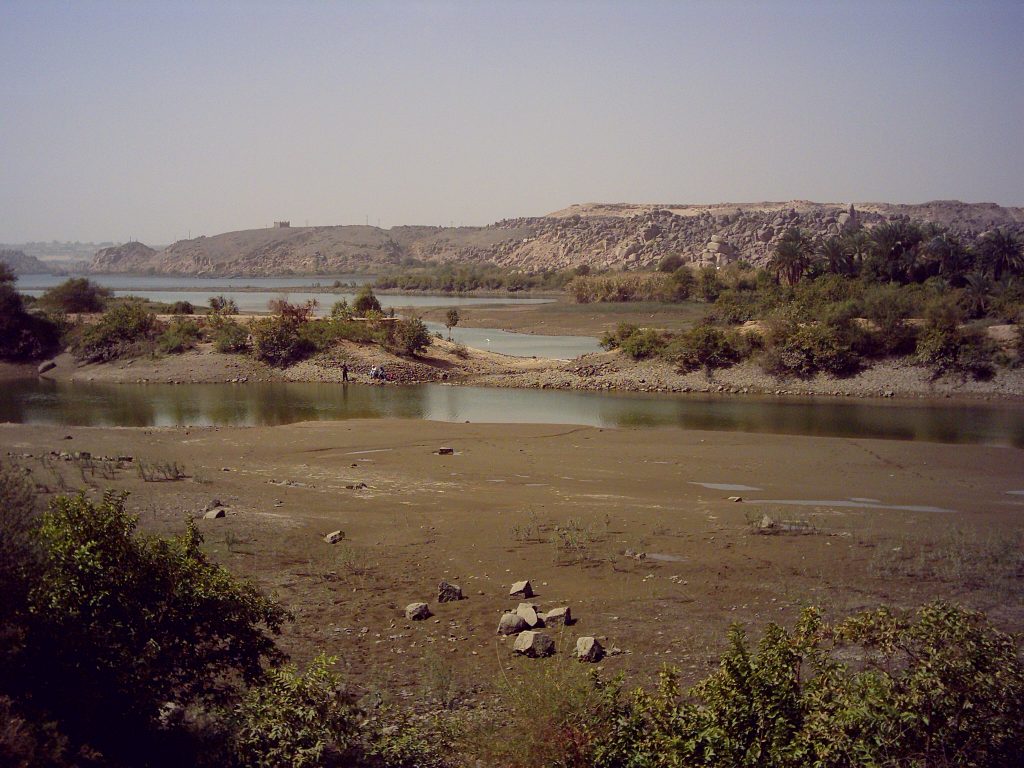
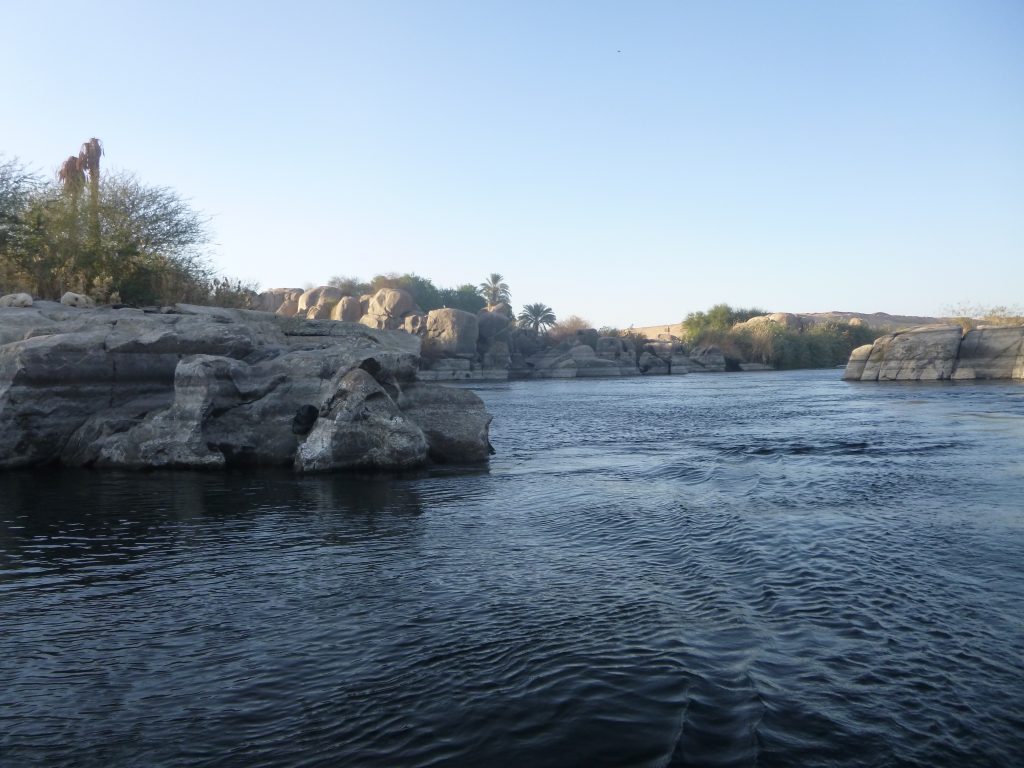
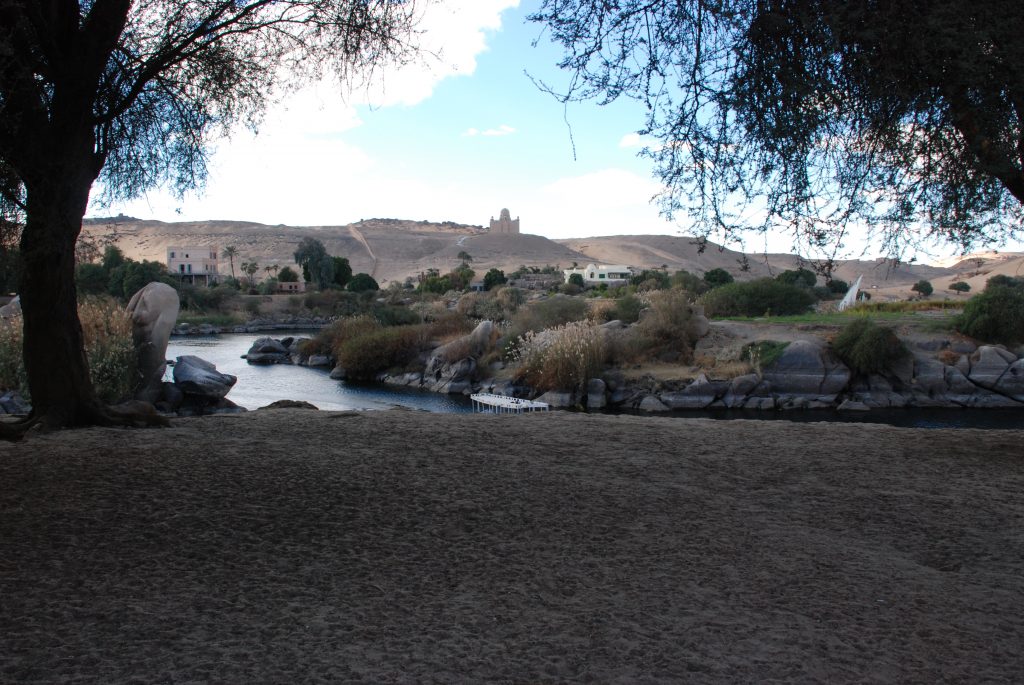

The Borderscape Project is led by Primary Investigator Dr. Maria Gatto, and assisted by postdoctoral researcher and digital specialist Dr. Oren Siegel. The project is based at the Institute of Mediterranean and Oriental Culture of the Polish Academy of Sciences in Warsaw (http://iksiopan.pl/index.php/en/), and our work is funded by the Norway Grants Financial Mechanism 2014-2021 (https://eeagrants.org/) through the Polish National Science Centre (https://www.ncn.gov.pl/?language=en)-POLS Call (2020/37/K/HS3/04097).
